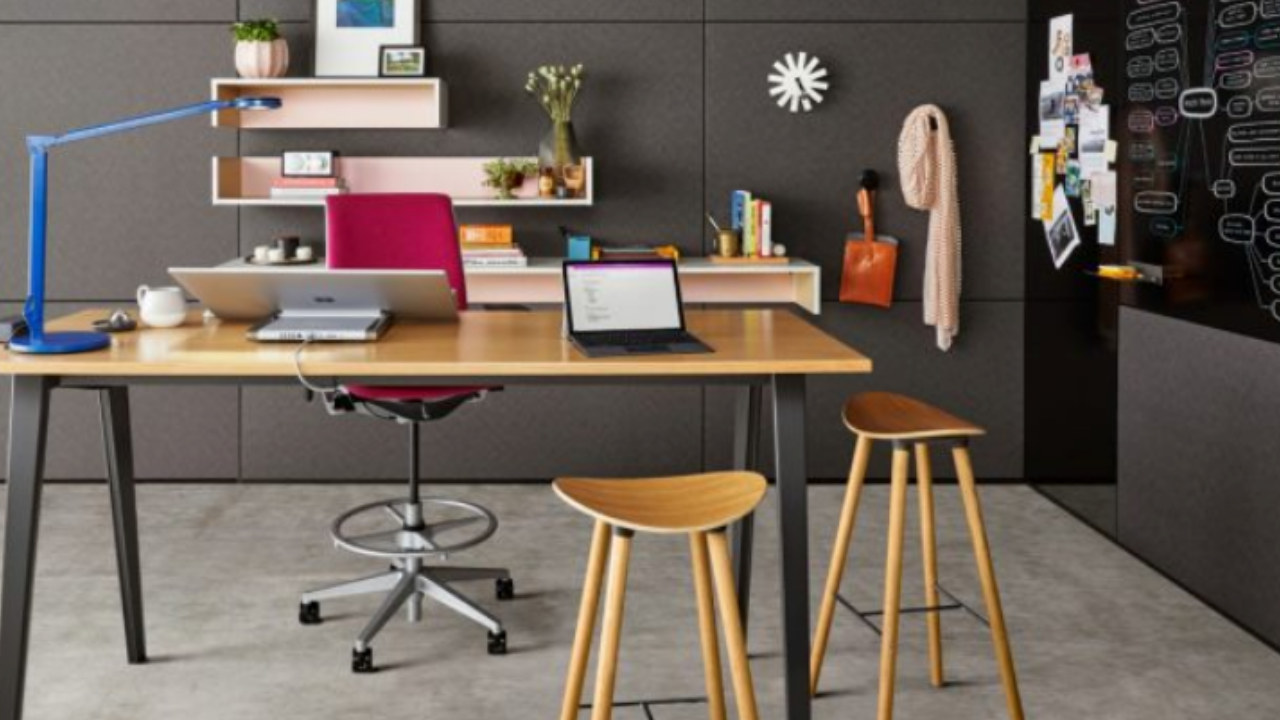The average British person spends 3,515 days at work, often times in an office. Many disregard how impactful our place of work can have on our work itself.
Workplace design can make or break creativity and productivity within the workplace, as well as shape a company’s culture. The 2017 Global Report by furniture manufacturer Steelcase found that only 13% of workers are very satisfied with their workplace.
Many of today’s offices have the top-down model implemented into their design filled with cubicles and isolated offices.
Chris Congdon, Global Research Communications at Steelcase, said that nowadays, effective workforces foster interaction amongst workers and implement technology into its operations.
In order to shift any workplace towards creativity, companies need to embrace flexibility.
“[The key] is freedom to ‘tweak’ or mark the space, within reason. It needs to feel like the space belongs to everyone, reflecting the culture of the occupants,” said Heather Martin, Head of Design at design and innovation consultancy Fjord.
Some adjustments that can be made might include smaller areas for individual work and larger hubs for team projects to be worked on collaboratively.
An inviting workspace is useless if its design does not reflect its culture. An office environment can be productive through implementation of a wide variety of technology that enables collaboration and creativity.
A well-functioning company should effectively meld technology, physical space and workplace culture to enable proper communication.


 Dr. Gleb Tsipursky – The Office Whisperer
Dr. Gleb Tsipursky – The Office Whisperer Nirit Cohen – WorkFutures
Nirit Cohen – WorkFutures Angela Howard – Culture Expert
Angela Howard – Culture Expert Drew Jones – Design & Innovation
Drew Jones – Design & Innovation Jonathan Price – CRE & Flex Expert
Jonathan Price – CRE & Flex Expert












